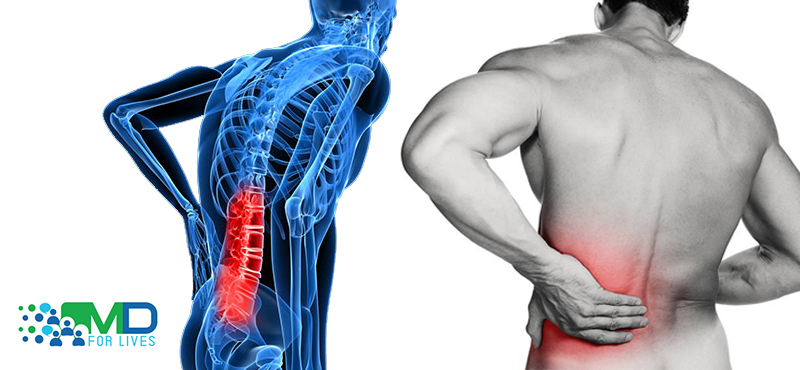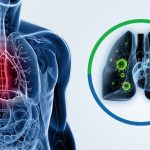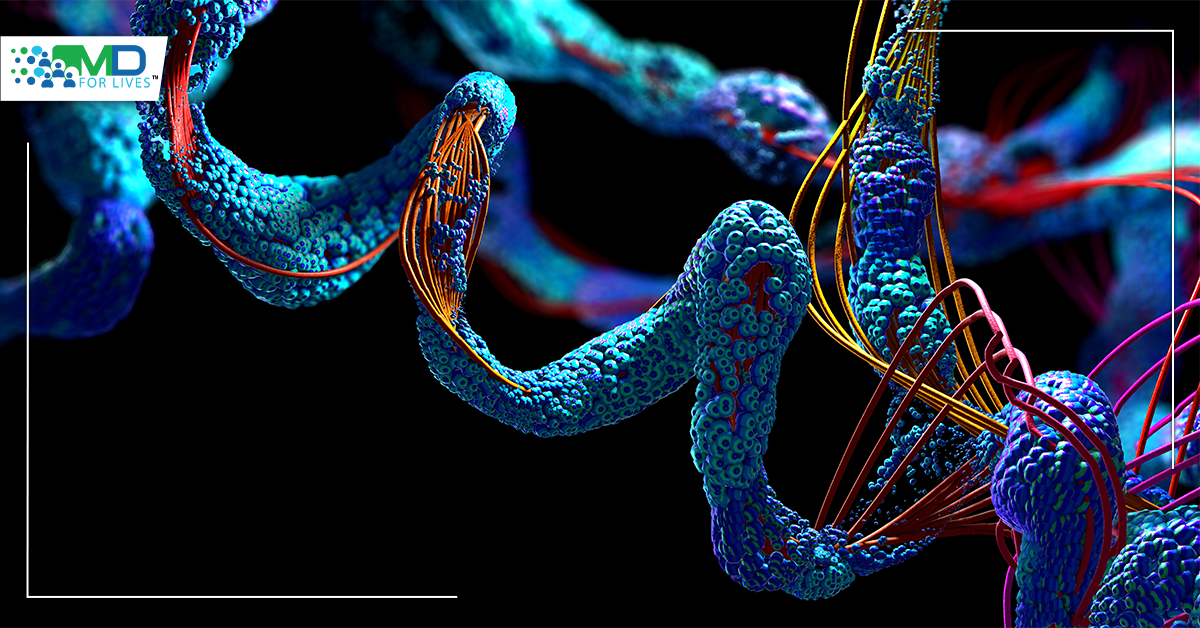Around 23% to 26% of the total population suffers from a chronic backache. This chronic pain impairs the person not only physically, but takes a toll mentally and psychosocially. Generally, opioid analgesics are prescribed to relieve back pain and occasionally, spinal cord stimulation (SCS) therapy is used to treat chronic unidentifiable pain in the back and lower extremities. However, recent advancements in this field have led to the development of a high frequency (HF10) SCS therapy, which seems to have better results compared to that of conventional methods.
Research:
To compare the efficiency of both the SCS therapies in long term, a multicentre, randomized, controlled trial was performed by researchers, which included 198 subjects suffering from a chronic backache and leg pain.
- Conventional SCS therapy: It works on the principle of the application of low-frequency electrical impulses that produce the symptoms of Paresthesia overlaps with pain distribution, thereby masking the perception of pain. The patient has to be kept under observation during this process as their feedback is used to adjust the parameters of the electrical impulses, and the success rate of this therapy depends on patient’s tolerance of these induced sensations.
- HF10 therapy: It works on the principle of applying short-duration, high-frequency, low-amplitude pulses in such a way that they do not produce any paresthesia, hence monitoring the patient during this therapy is not necessary.

Results:
The outcome of this study showed that half of the total participants who were treated using the traditional SCS therapy showed 50% relief in back and leg pain. However, in patients undergoing HF10 therapy, the success rate was almost double in comparison with the traditional SCS therapy, as almost two third of these participants were able to achieve a ‘remitter’ status for their back and leg pain. The results remained consistent even when the participants were followed-up for a period of 12 months. Both the therapies did not produce any neurological symptoms. An allied benefit of the HF10 therapy was that more than one-third of its participants reduced or even stopped the use of opioid analgesics for pain by the end of 12 months. There have been previous non-randomized studies whose outcome showed that HF10 therapy can treat patients suffering from a chronic backache, with results sustaining for a period of almost 2 years.
Considering the outcome of this research, it can be inferred that HF10 therapy has greater benefits for the patient overall. Treating backache with pain radiating to the lower extremities has always been a testing time for the physicians too, but this new therapy has shown promising results that can change the future of treating chronic pains of this type. With larger studies, better guidelines for usage need to be formulated for the same.
Credit: Dr. Rachita on behalf of Borderless Access
Copyright © 2016 BorderlessAccess
Reference Source:
http://anesthesiology.pubs.asahq.org/article.aspx?articleid=2411790







1 Comment
10 tips to improve your health at work – Frequently asked health Issues, Tips and articles
5 years ago[…] right, you can prevent many postural medical conditions such as Tension neck syndrome (TNS) and back pain. This happens when you sit down for long periods with a bad posture. Having a correct posture will […]